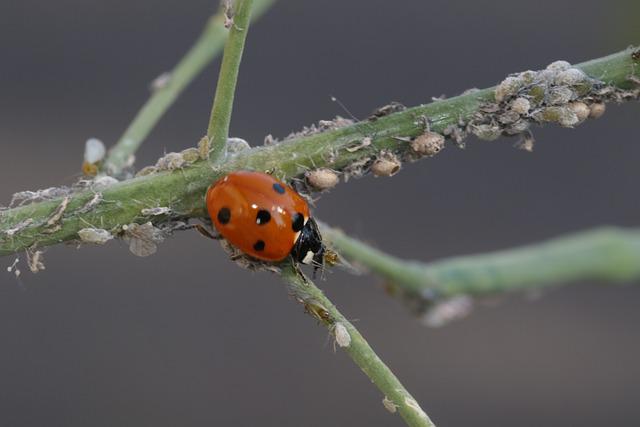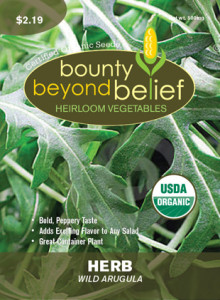All About Handling Aphids
by Sandy Swegel
A gardener I know recently went out to his cold frame to harvest some beautiful kale he could see pushing against the top of the frame. Instead of an ecstatic reaction of joy to this spring treat, he quickly retreated with a big “Ewww.” His kale was absolutely coated in aphids. He had nursed it and even given it extra organic nitrogen fertilizer recently and this was the thanks he got.
Aphids are irritating pests. They are very prolific and can have twenty generations in a season. And it could take a long time to rinse each one off a leaf of kale, so what’s a gardener to do if they are not ready to become an insectivore?
You Can Prevent Aphids
Our gardener probably got aphids for a couple of reasons:
His cold frame was sealed pretty tight, so predators like birds and ladybugs couldn’t get in to control the aphids. Also, recent warm temperatures stressed the plants in the closed frame. Opening the cold frame on warmer days will help.
They are everywhere. They overwinter on mustard weeds which are prolific in the spring garden. There’s no avoiding the aphids altogether on cole plants, but cleaning up the debris in the garden and weeding out the mustard weeds will remove many of the eggs from last year.
They adore nitrogen. The soluble nitrogen he had just added just enticed even more aphids to come eat over here!
Plant chard and spinach. Aphids don’t bother them as much.
You Can Treat Aphids
Aphids are super easy to treat: a blast from a garden hose washes them to the ground and they don’t easily crawl back.
Soapy water (a drop or two of dish soap or Dr. Bronner’s in your watering can or spray bottle) kills them easily.
Check the plants frequently: the aphids are often under the leaves or along the stems…hard places to reach.
You Can Clean the Kale
A sink full of water, most people agreed, was the best way to clean the aphids off so you don’t disgust your dinner guests. Submerge the kale completely and squish it around a lot. The aphids float to the surface. Repeat.
Someone else suggested dissolving some salt in hot water and then adding it to the sink of cold water, letting the kale sit for 30 minutes. The salty water helps dislodge the aphids.
Don’t give up. Kale is incredibly nutritious not to mention tasty and easy to grow.
Read more about aphids here
For complete information on managing cabbage aphids, http://www.ipm.ucdavis.edu/PMG/r108300811.html




